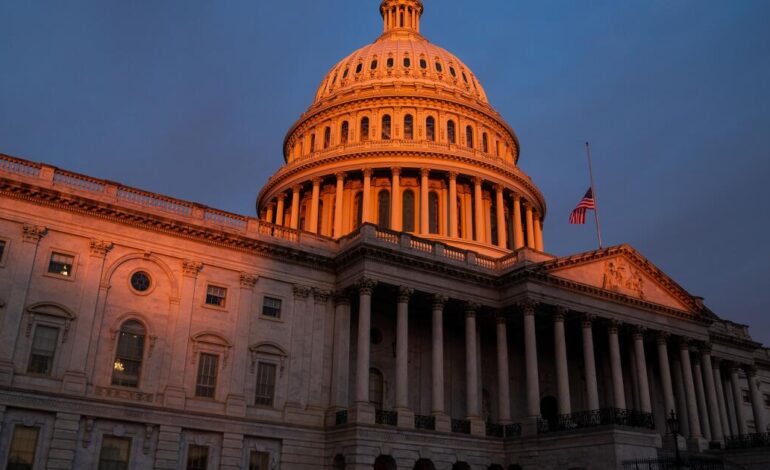Proposition 50 Sparks Debate on Gerrymandering and Representation

The discussion surrounding Proposition 50 continues to intensify, with various commentators weighing in on its implications for the political landscape in the United States. Columnist George Skelton has highlighted that the initiative is primarily concerned with power dynamics—specifically, who draws electoral district lines and who benefits from those decisions. However, some argue that the real issue lies deeper within the structure of the House of Representatives itself.
The House has been capped at 435 seats since 1910, a decision that no longer reflects America’s population, which has grown significantly since then. Currently, each congressional district represents an average of approximately 765,000 people. This vast number makes redistricting a highly contentious process, as the stakes are considerably high. Critics of Proposition 50 assert that it merely shifts control from one political party to another without addressing the underlying issue of district size.
Proponents like Pini Herman advocate for a more fundamental change. Herman suggests that repealing the 1929 law that established the current cap on congressional seats could lead to a more representative system. He proposes that Congress should return to its original ratio of one representative for every 30,000 people. This change would enable California to establish numerous smaller districts, effectively rendering gerrymandering irrelevant and allowing communities to elect representatives who genuinely understand their needs.
In a broader context, Betty Rome expresses concern over the state of democracy in the U.S. Rome argues that even if the Democratic Party secures a majority in the House following the 2026 elections, it would not alter the behavior of former President Donald Trump. She insists that the party must develop a resonant message that appeals to the majority of voters, rather than focusing solely on the interests of the wealthiest Americans. Rome reflects on the challenges the Democrats face in effectively countering Trump’s influence.
Another commentator, Larry Hart, highlights the current distribution of House seats in California, where Democrats hold around 83% of seats compared to 17% for Republicans. He warns that a further increase in Democratic representation would stifle Republican voices and laments the shift away from the historical balance seen during the tenure of notable Republican governors like Ronald Reagan.
In response to Skelton’s column, Fred Gober questions the optimism surrounding the resilience of U.S. democracy. He shares concerns about the potential consequences of Trump’s actions over the next few years, emphasizing the need for vigilance in safeguarding democratic principles.
The debate regarding Proposition 50 further reflects two conflicting viewpoints: one that emphasizes ethical governance and another that suggests a pragmatic approach—fighting fire with fire. Todd Collart suggests that if Proposition 50 leads to a new wave of gerrymandering, both major parties should pursue an armistice. This could involve establishing national standards for nonpartisan commissions to delineate congressional districts and implementing ranked-choice voting to better reflect voters’ preferences and promote moderate candidates.
The conversation surrounding Proposition 50 encapsulates broader issues within American democracy, including representation, gerrymandering, and the balance of power. As constituents voice their opinions, the outcome of this proposition may influence not only California’s political landscape but also set a precedent for future electoral reforms across the nation.






